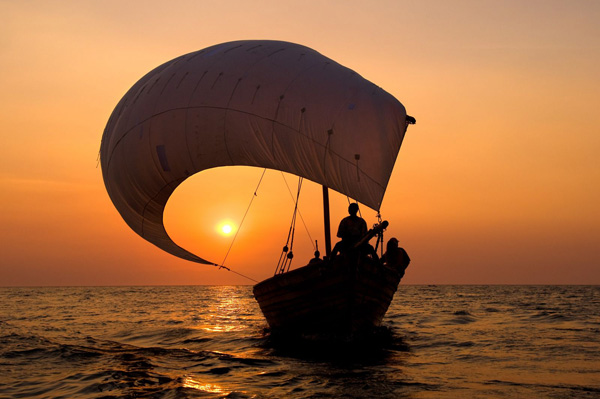Just who discovered Australia and when has long been a vexed topic. And Geelong has an interesting, mysterious and even key role in confirming just who made it here first. NOEL MURPHY tips conventional wisdom on its head.
WE KNOW of the arrival of Aborigines 40,000 years ago, deemed by some historians as a planned immigration.
We know of Britain’s James Cook on the east coast in 1770, English buccaneer William Dampier on the west coast in 1699 and Dutch navigator Abel Tasman around the south in 1642.
We know, too, of Spain’s Luis Vaez de Torres coming through the northern strait bearing his name in 1606. Likewise, Dutchman Willem Janszoon arriving at Cape York in his tiny Duyfken a few months earlier the same year.
But we know precious little, notwithstanding a raft of evidence, of what is an even more remarkable tale of exploration and discovery – by Muslim navigators and map-makers.
It’s a tale reflecting far deeper multicultural beginnings than the oft-cited white European version; a tale that ties Australia’s discovery to one of the most pivotal scientists in history – the man who invented the numerical system underpinning our science of mathematics.
It’s a tale that has Islamic navigators and scholars front and centre in Australia’s discovery, producing the first map of Australia in Baghdad in 820 AD followed by another in 934 AD and regularly appearing in Australian waters, exploring and trading with Aborigines.
Spearheading the revival of this a forgotten history is Ocean Grove journalist and historian Dzavid Haveric who has published two books on the Muslim discovery of Australia and other parts of the world.
The beauty of Haveric’s account is, firstly, the antiquity of the Muslim arrival – when the Western world was buried in the Dark Ages – and, secondly, the depth of research to his argument.
“The maps of Australia drawn by Muslim scholars appeared in the golden era of Islamic civilisation,” Haveric writes in his 2012 book, History of the Muslim Discovery of the World.
For more on Dzavid Haveric’s discoveries, see the current edition of GC Magazine, out now.










